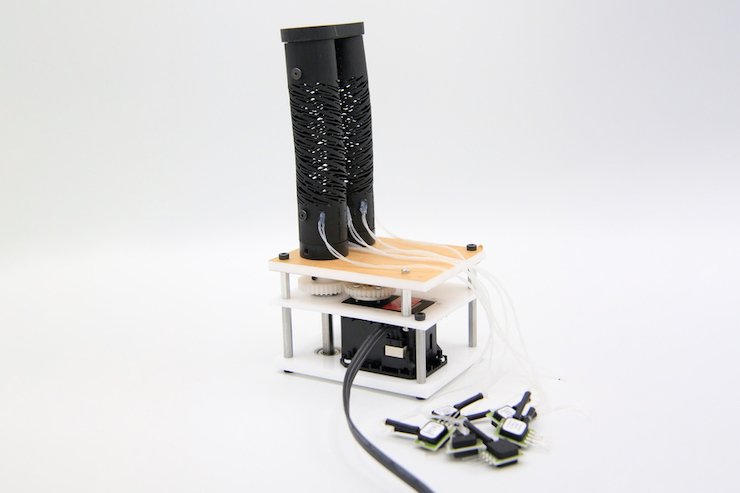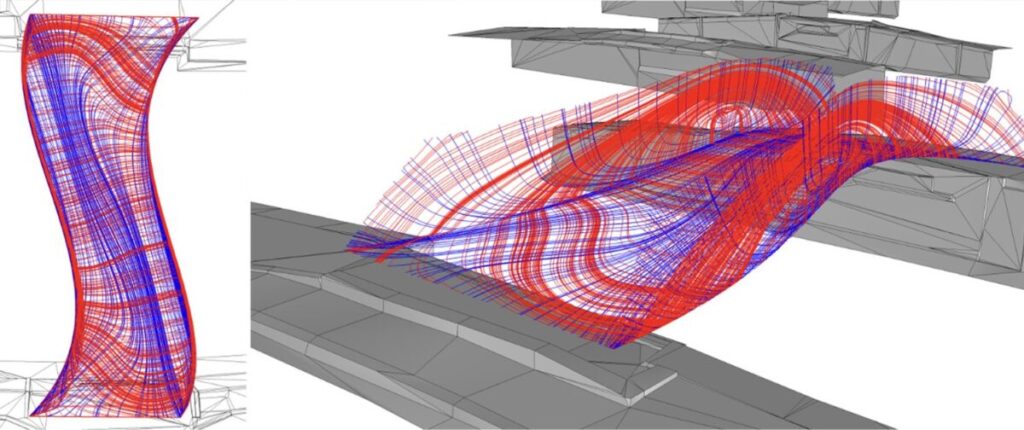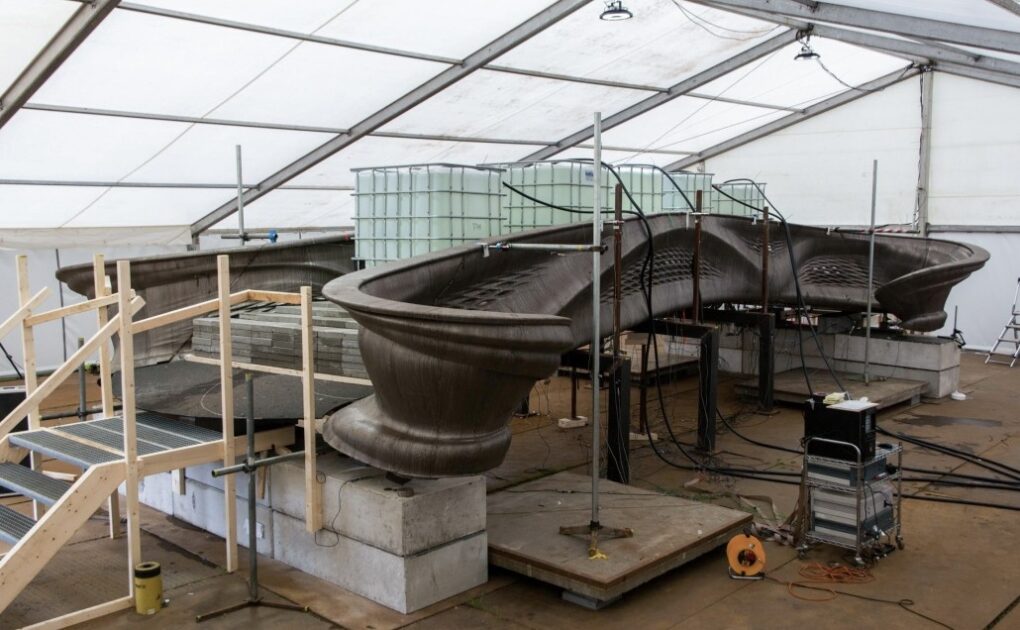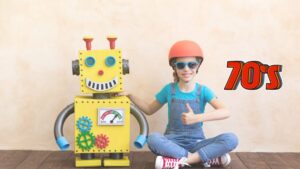3D printing is a surprisingly old technology, existing since the 1980s. That was when Chuck Hull invented the stereolithography apparatus. The technology is not only being more accessible with time, but also advancing quickly. In 2023, you can 3D print a lot of things. From prosthetics to furniture, and space exploration tools to toys. Grandviewresearch’s stats show that the 3D printing industry is growing with a CAGR of 20% till 2030. The best of 3D printing technology in 2023 was like a fantasy a few years ago. Courtesy improving materials (i.e. metals, polymers, ceramics, composites, etc.) and increasing accessibility (i.e. cost, ease of use, and availability of 3D printing services). And it has also become a necessity now, giving a real edge in production and design to many industries. We’re just starting the year 2023, and this article is all about the very best of 3D printing.
A 3D-Printed Space Habitat
3D printed space habitat – yes, you read that right! This ambitious project to create a 23-feet high 3D-printed polymer took two years. Institut auf dem Rosenberg students, aged 6-18, and SAGA Space Architects were behind this amazing prototype. The coolest part? Well, its application of simulating mission control and “systems thinking” in preparation for space exploration. The 3D printing material has a UV stabilizer to make it more durable. In fact, it is also possible to break the habitat and reuse the polymer. In the name of 3D printing, it’s good to see projects like this. Not only is it trying to make a difference in space exploration journeys, but it’s also inspiring future generations. Kudos!
An Ear
I don’t know about you, but my ears got exhilarated when they heard about 3D printed ears! Amazingly, technology now creates realistic, custom-made ears. 3DBio Therapeutics’ 3D printing procedure, which took seven years to develop, is a stunning medical advancement. By integrating proprietary technologies, it uses patient cells to make living tissues for a misshapen ear. In fact, a 20-year-old woman has already had a successful transplant. Here’s the complete process of 3D-printing ears in a nutshell:
- Step 1- Harvesting cells from the patient
- Step 2- Growing billions of cells
- Step 3- 3D printing the ear shape with a collagen-based bio-ink
- Step 4- Implanting the ear.
Truly, this 3D printing application is a revolutionary step in the field of tissue engineering.
A Home
A few years ago, we were like “Who on Earth 3-D prints home!”. And now, in 2023, a 100% bio-based, 3D-printed home has came to exist. BioHome3D – a 600-square-foot prototype with 3D-printed walls, floors and roof. Highly insulated and 100% recyclable, BioHome3D can tackle the current housing crisis and labor shortage. Moreover, its advanced manufacturing process reduces construction waste and dependence on constrained supply chains. This innovative 3D-printed item is a great step forward in the affordable housing sector. Kudos to the University of Maine Advanced Structures and Composites Center!
An All-in-one 3D-Printed Robot
Robots parts are difficult to manufacture, especially with the necessary electronic and mechanical systems needed to operate them. For example, assembling and connecting the limbs, electronic and active components, which can be bulky and heavy, is difficult. But a team of UCLA engineers and their colleagues have created a new design strategy. A 3D printing technique that can build robots in one single step. Yes, one single step! The 3D-printed “meta-bot” is comprised of an internal network of sensory, moving and structural elements and can move by itself, propelled by a small battery. It can sense, move, jump, and make decisions. The most interesting thing about 3D-printed robots is that they can be much more lightweight and flexible than conventional robots.
A Programmable 3D-Printed Material

Yes, programmable! A programmable 3d-printed material means a lot. Like, the materials can actually sense how they are moving and interacting with the environment. MIT researchers have developed a method for 3D printing materials with tunable mechanical properties. These materials are in fact created using a single material and a single run on a 3D printer. Digital light processing 3D printing was the method engineers used to create the materials. The most interesting part of 3D-printing programmable material is the fact that engineers can route channels throughout it. So, they can get sensorisation with structure. The team 3D printed an HSA (handed shearing auxetics) soft robot capable of several movements, including bending, twisting and elongating. The robot was ran through a series of movements for more than 18 hours.
A 3D-Printed Bridge


MX3D used 4,500 kilograms of stainless steel to create a 3D printed bridge. The bridge is 12 meters long and 6.3 meters wide. If you had a very little doubt about the strength of 3D printing, this bridge will change your mind. It’s neither a toy, nor a prototype. It’s a real big whole bridge that can carry the weight of people. The bridge is located in Amsterdam, Netherlands, and was unveiled in 2021. This bridge makes it look like 3D printing is all about materials – like if you can print anything given a material. But, that’s not the sole factor. A significant portion of 3D printing is design too, something this bridge is spot on in. We need to attribute that to the engineers and designers behind this project.
Bottom Line
You know what, the best thing about 3D printing is that there is a lot relying on it. And even heavier sectors too, from space exploration, to medical advancements. Although a good number of people are now aware of 3D printing, there is still a lot to do. Drastic changes are yet to come. We have already 3D-printed a complete robot, and a programmable material. The next probably is a mixture of both.
- AI-Powered PCs: Overhyped Trend or Emerging Reality? - August 21, 2024
- Princeton’s AI revolutionizes fusion reactor performance - August 7, 2024
- Large language models could revolutionize finance sector within two years - March 27, 2024



